Alternative Fuel Vehicles (AFVs) are not powered solely by the conventional means of petrol or diesel and are generally regarded as better for the environment, as they tend to emit fewer polluting greenhouse gas emissions. AFVs may currently make up a relatively small proportion of the new-car market in the UK, but their share is growing rapidly as the cost of technology comes down and the selection of AFVs increases.
There are numerous types of AFVs, using different fuels as their energy sources. Some fuel types are purely experimental, others have failed to catch on (steam cars, anyone?), and a few niche offerings, such as biodiesel/biofuels, vegetable oil (yes, really), sugar cane ethanol and compressed natural gas (CNG), have gained limited traction around the world.
In this article we'll concentrate on the AFVs that have found success in the mainstream, specifically hybrid vehicles, electric vehicles, fuel-cell vehicles, and liquefied-petroleum-gas-powered vehicles.
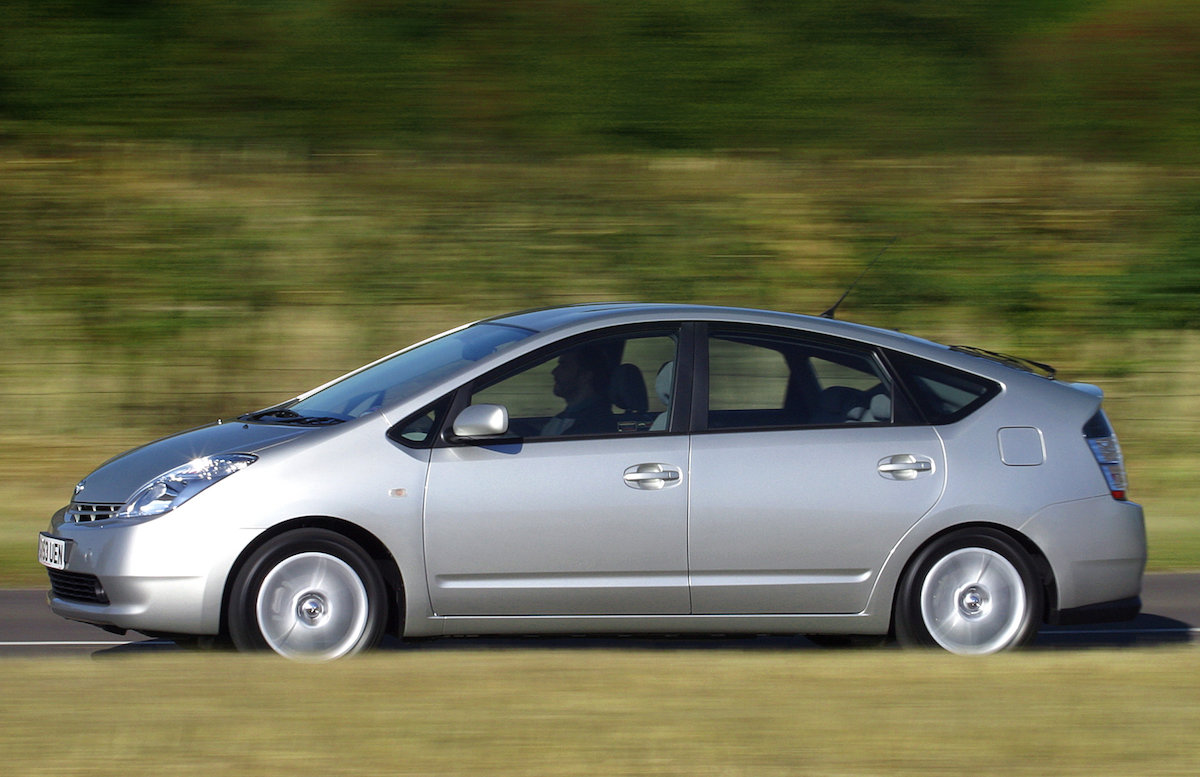
Hybrids
Hybrids, such as the Toyota Prius, are by far the most popular form of AFV sold in the UK. They combine a battery and electric motor with a combustion engine (usually a petrol engine, but something a diesel engine) and can be driven either in pure electric mode for a short distance or with the two power sources acting in tandem. As a result, hybrids emit lower carbon dioxide (CO2) tailpipe emissions than conventional cars, particularly in urban environments, where the electric motor is at its most efficient. They can also make for a dramatically improved fuel economy, if used correctly.
If you want to maximise a hybrid’s electric range, you’ll need to look for a model with a battery that can not only be charged by the car’s engine, but also via a mains socket. These ‘plug-in hybrids’ (PHEVs) are more expensive to buy, but typically offer an electric range of 20 to 30 miles before the battery is depleted and the internal combustion engine gets to work.
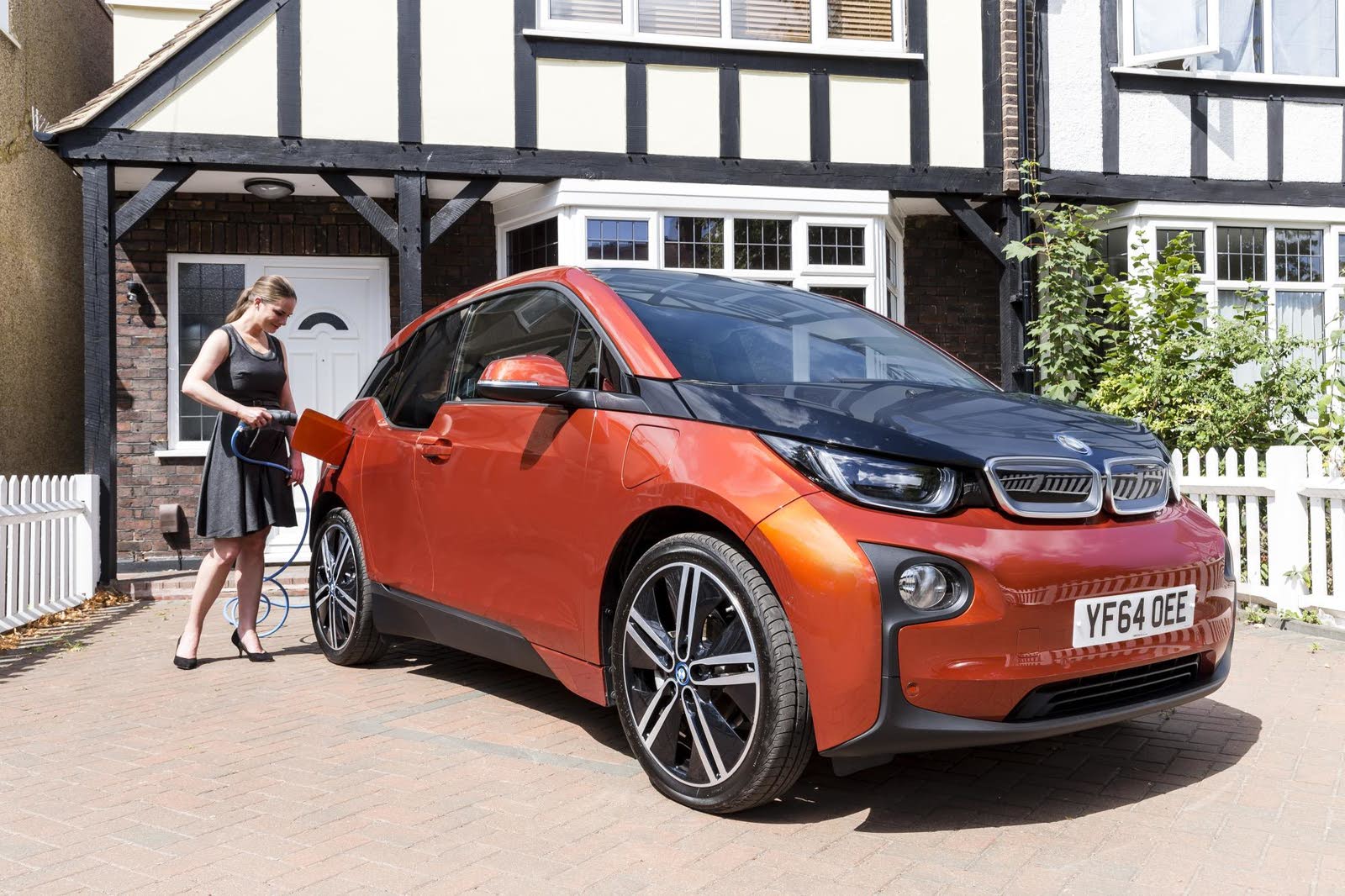
Electric
After a slow start, sales of purely electric cars are finally gaining traction thanks to the likes of the Nissan Leaf, Renault Zoe, and Tesla Model S ably demonstrating the advantages using a battery as its fuel source.
Key benefits to electric cars include the lack of engine noise and the low cost of recharging. Additionally, while petrol and diesel engines need to increase RPM before delivering optimum power, an electric motor provides nearly instant pick-up. Range from a full battery is also improving, thanks to developments in technology, with electric cars now on sale that can travel almost 300 miles before requiring a recharge.
The biggest downside you’ll find with electric cars is the time they take to charge, which ranges from approximately 30 minutes to a few hours, depending on the power source. Critics also point out that the UK’s charging infrastructure needs improving and that claims of electric cars producing zero emissions are misleading, because the electricity required to power them is itself generated by fossil fuels. If you can get your electricity from a renewable energy source, then the eco-factor increases considerably.
However, what can’t be denied is an electric car’s beneficial impact to air and noise pollution in its immediate vicinity, which in turn is why ownership will free you of city-centre congestion charges.
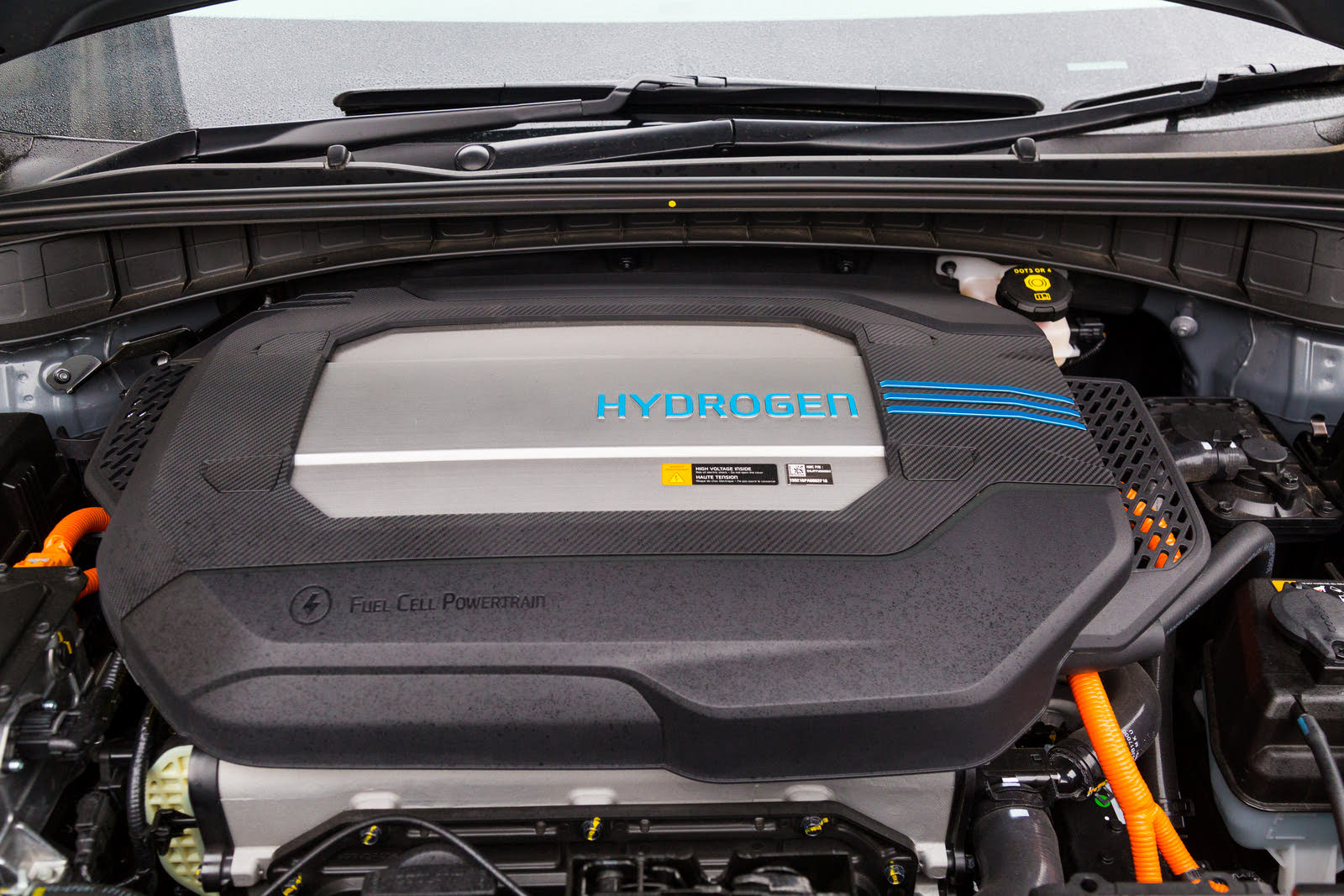
Hydrogen Fuel Cells
A fuel cell car is effectively an electric vehicle with its own onboard power source. This takes the form of a fuel cell stack, in which hydrogen and oxygen are combined to produce electricity for the car’s batteries. The only by-product of this process is water, which simply drips out of the exhaust pipe, making fuel cell cars true zero-emission vehicles.
Other advantages of fuel cell cars include a driving range nearly as far as that of a modern petrol car and the ability to be refuelled in about 5 minutes. Not only that, but the hydrogen required to fill the tank can be made by mixing water and electricity in an electrolyser, located on-site at a filling station and powered by excess electricity generated by renewable sources, making it a truly green technology.
However, most hydrogen is not currently produced in this way, but rather in a fossil-fuelled power station, which undermines its green credentials. Development costs also remain high, so fuel cell cars such as the Toyota Mirai are expensive to buy, and even if you do own one, filling stations are few and far between, which makes refuelling difficult. So while it is likely that the fuel cell’s time will come, for now it remains on the fringes of the AFV market.
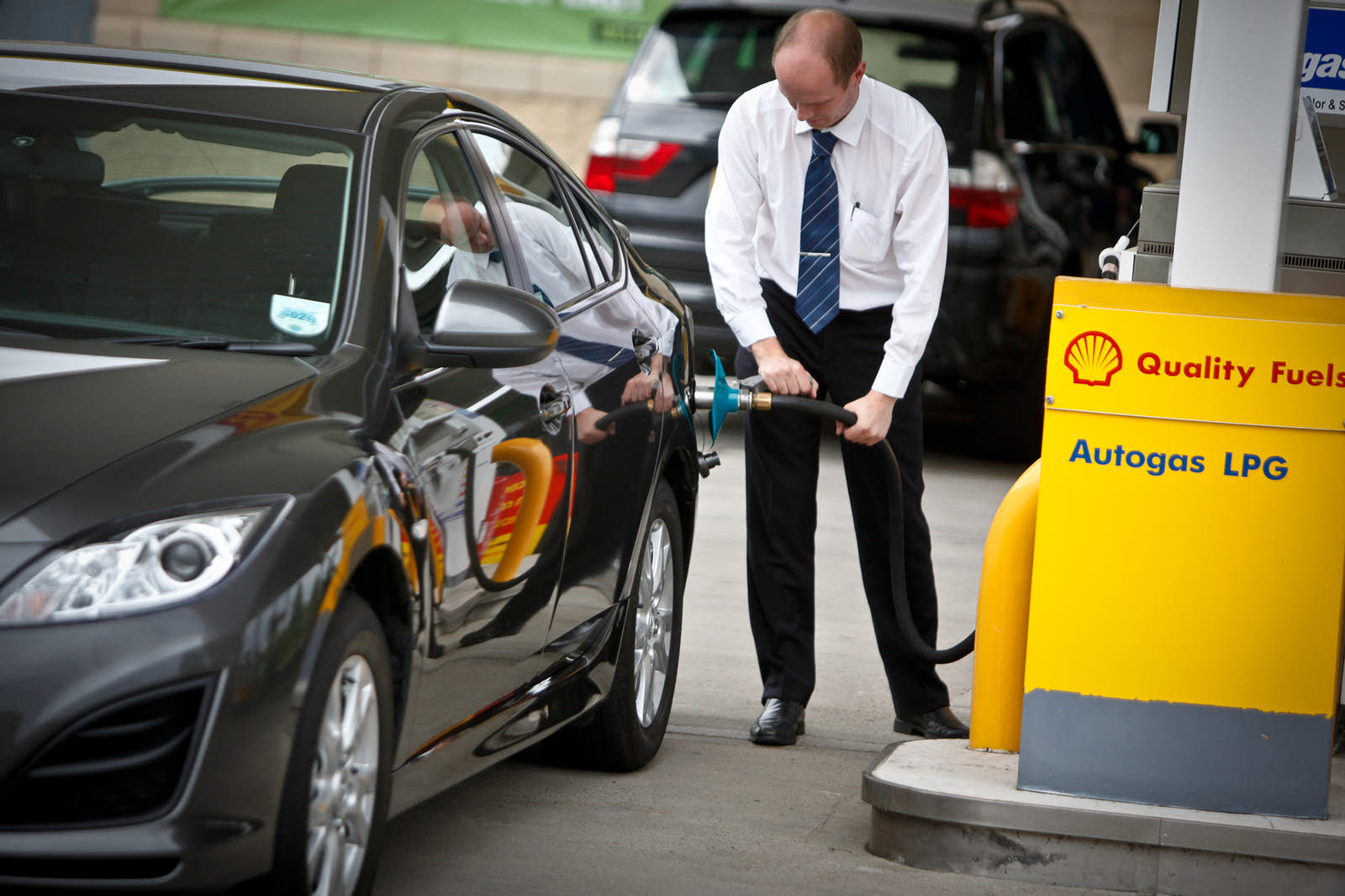
Liquid Petroleum Gas
Not so long ago you could have been forgiven for thinking Liquefied Petroleum Gas (LPG) was the most viable of all the alternative fuels. It’s cleaner than petrol or diesel, easily sourced, and a conventional petrol engine requires relatively minor modifications to be compatible.
The uptake of LPG – sometimes known as autogas or auto propane – began to gain traction in the early 2000s thanks to the Government’s Powershift grant, which allowed anybody converting his or her car to run on LPG to recoup a large part of the cost. Noting its potential, several manufacturers introduced dual-fuel (petrol and LPG) models into their UK ranges.
However, in 2005 the Powershift grant was withdrawn, and with that demand for LPG cars declined to the extent that it is no longer possible to buy one brand new. You can, however, have a car converted to run on LPG by an aftermarket specialist, and there remain certain advantages. For example, there are about 1,400 petrol filling stations in the UK with LPG pumps, and the fuel itself is significantly cheaper to buy than either petrol or diesel.
However, converting a car to run on LPG also means fitting an additional fuel tank, which takes up space, and both fuel economy and power output are inferior to what you’ll get from petrol. Throw in the cost of the conversion (up to £2,000), and it’s tricky to make the case for LPG in the UK.
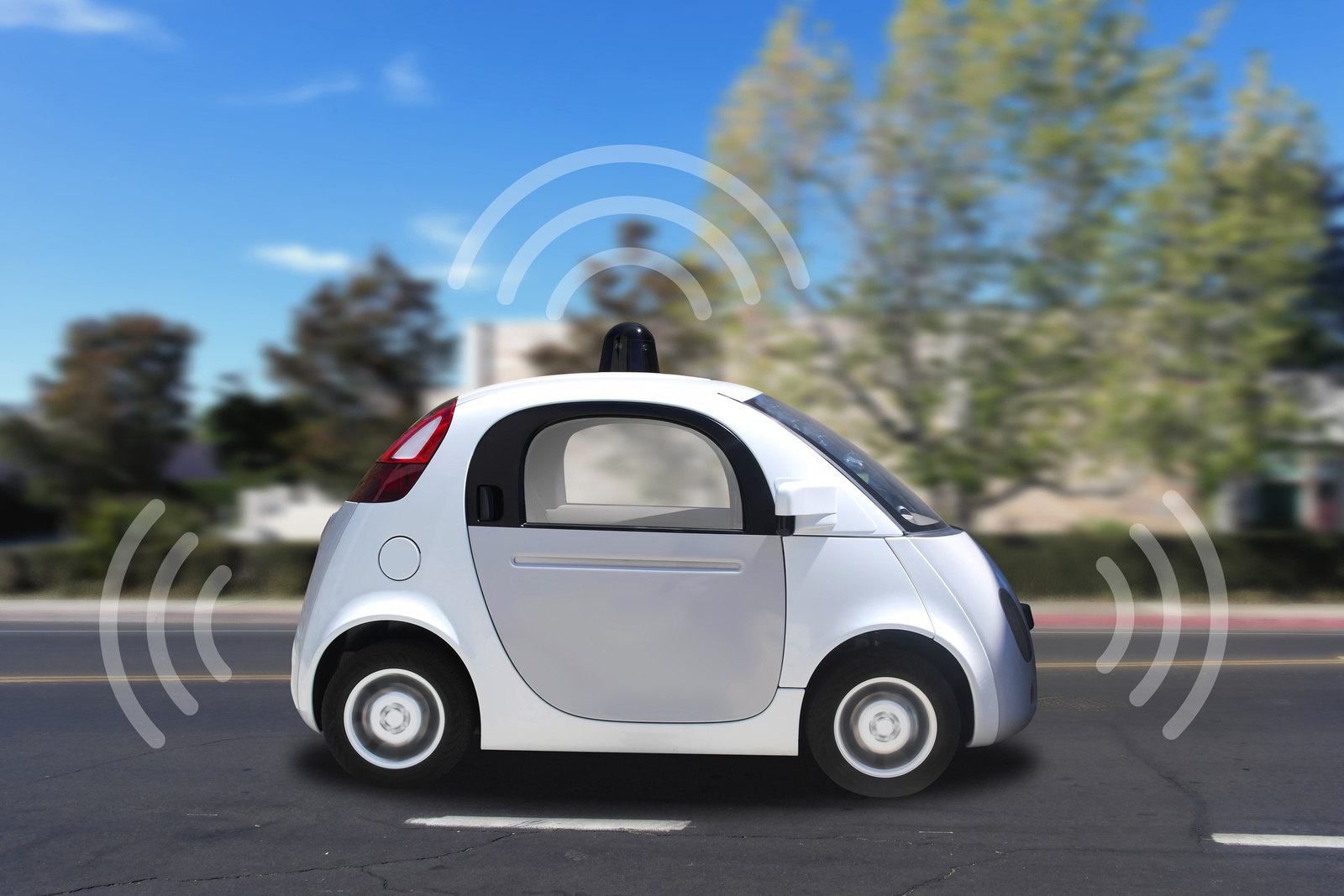
What Does the Future Hold?
Many experts predict there won’t be a single dominant form of propulsion for our cars in the future, but that a combination of technologies will emerge to best support developments in car sharing and driverless cars. For example, if in 2027 you summon a driverless car to take you a short distance, it might be that a pure electric model rolls up to your door, whereas your neighbour who is travelling 150 miles will get taken in a hydrogen fuel-cell vehicle.
What we do know, is that at the time of writing car manufacturers are facing a ban on the sale of pure petrol or diesel models from 2030 in the UK, and hybrids from 2035, meaning that interest in alternative-fuel vehicles is only going to grow.
